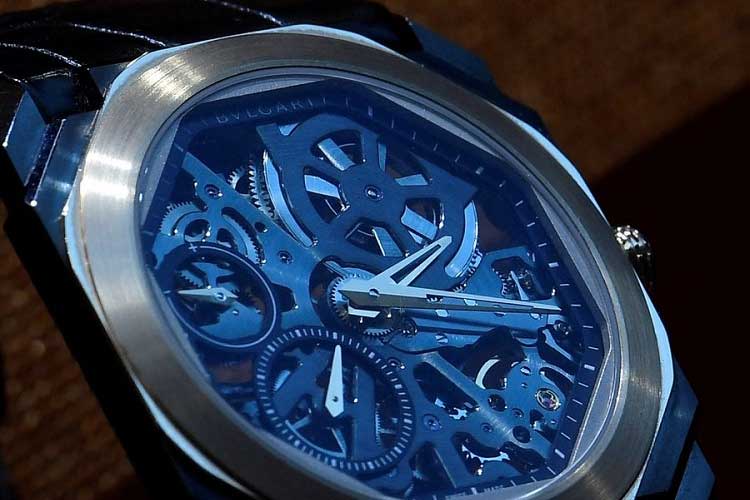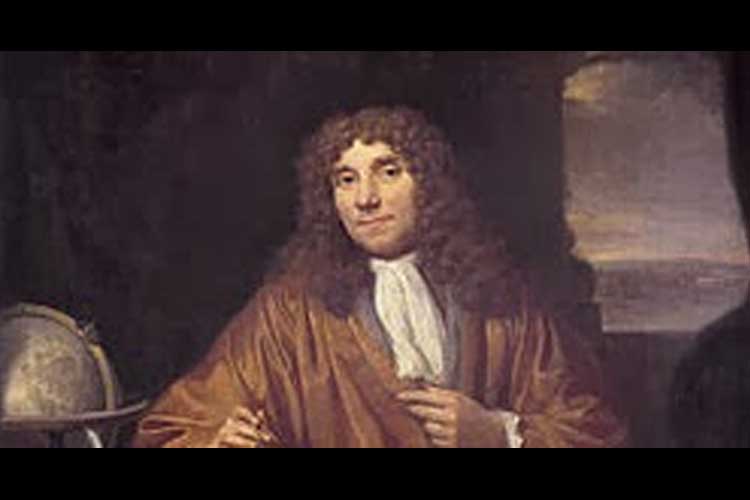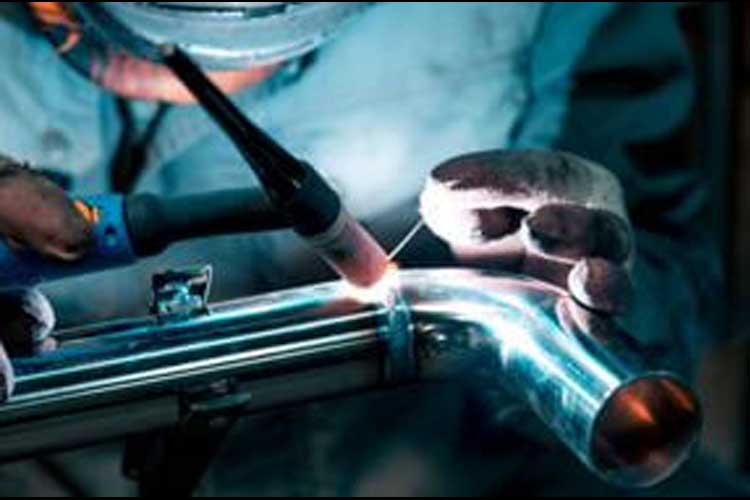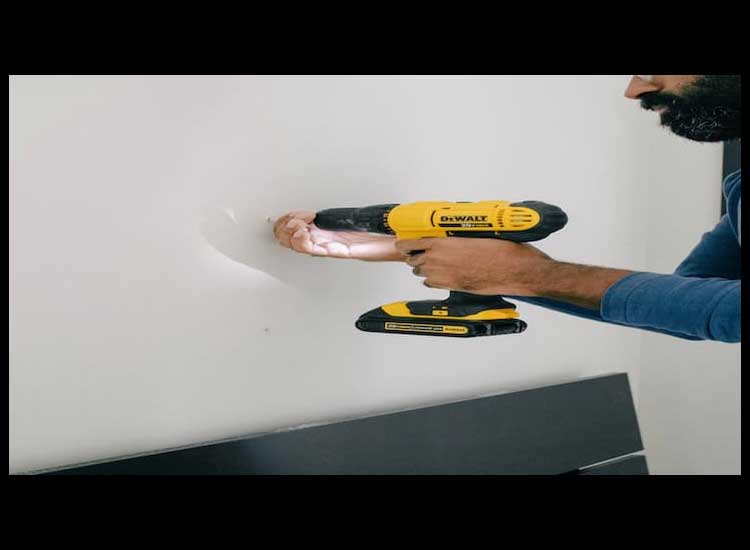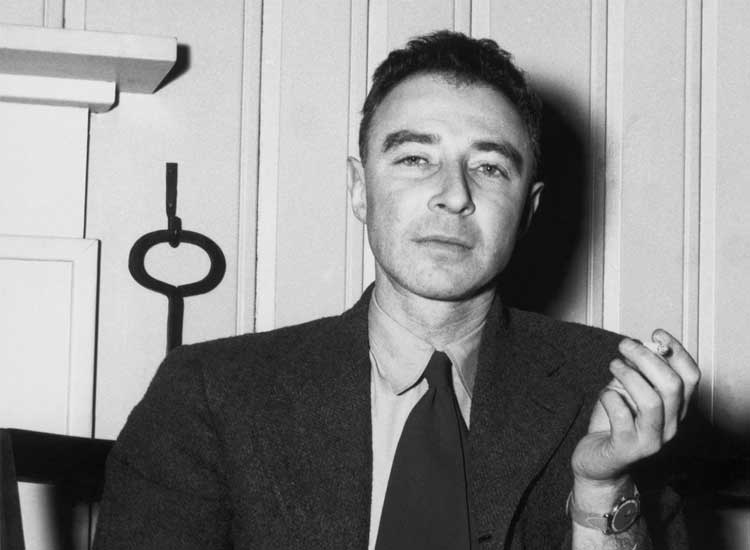Inventor of Watches: This is His History and Biography –
Watch Inventor – Do Grameds like wearing watches? But does Grameds know who invented the first watch? Currently, watches have become a popular fashion trend with various types of models and sophisticated technology that complement them. Just like the discovery of other useful items, the discovery of watches has also been a long journey. To understand this, below is an explanation of the history of development and biography of the inventor of watches:
History of the Development of Watches
The invention of the first watch has a long history in the history of watches in the world. Today, it is natural to believe that the civilization of watch development began in Switzerland, but in reality, based on important records and testimonies from the history of watches, it actually came from a German man named Peter Henlein. Peter is considered the inventor of watches and made watches a luxury accessory of his time.
Looking at the oldest watch in the world, the answer is a watch that belonged to Elizabeth I of England as a gift from Robert Dudley in the 16th century. The watch was a novelty wristwatch or pocket watch at that time because it was a pocket watch with a leather bracelet and strap. The concept of watches has been around since the 16th century in the form of a special watch that Robert Dudley gave Queen Elizabeth I of England to wear on her arm.
However, many believe that the history of watches cannot be separated from Abraham-Louis Breguet, the creator of the first watch for Napoleon’s sister and Napoleon’s Queen, Caroline Murat.
The form and function of watches, which were originally pocket watches or chains, began to change to watches worn on the wrist. The watches used for watch were originally made specifically for women as jewelry.
In addition to their features and necessity, watches have been used as part of strategic decisions in war since World War I. From 1923, John Harwood created the first self-winding watch. It was manufactured in 1957 by the Hamilton Watch Company (now part of The Swatch Group), a watchmaker in Lancaster, Pennsylvania, USA. Hamilton watches still needed updating and in 1961 Hamilton updated the watch conductors.
The watch industry is developing in the United States, one of which is the Bulova Accutron watch. The technology developed by Bulova uses a vibrating tuning fork or tuning fork (a “U” shaped plate), to maintain the accuracy of the watch. Bulova watches were launched in 1960.
Meanwhile, Switzerland is also increasingly challenged by the precision of watches developed by Bulova. Ultimately, Switzerland took the lead in collaborative research by funding the Center Electronique Horloger (CEH) (now Center Suisse d’Electronique et Microtechnique (CESM)). The study focuses on watchmaking using quartz as a watch precision regulator.
In the past, quartz was used in large watches, but not in small watches. In 1967, CEH finally produced the first prototype of a quartz watch. However, it was Seikola who created the Quartz Astron as the first mass-market quartz watch and pioneered quartz technology used by watchmakers around the world, including Japan and the United States.
Biography of Peter Henlein, the Inventor of Watches
Portable watches with spring or electric movements are designed to be carried or carried in a pocket. The first clock appeared shortly after 1500. It is an early copy by Peter Henlein, a locksmith in Nuremberg.
Henlein grew up in Nuremberg. His parents were brass smiths Peter and Barbara Henlein, who had lived in Nuremberg since 1461. He had an older brother, Herman Henlein, who became a butcher in 1496.
When he was young, he was apprenticed to a locksmith. At the time, locksmiths were one of the few craftsmen who had the skills and equipment to enter the new field of watchmaking.
On September 7, 1504, a dramatic event occurred in the life of Peter Henlein. He entered the battle where fellow locksmith Georg Glazer was killed. As one of the defendants, he applied for asylum at the Nuremberg Franciscan Monastery.
During his asylum in the monastery, he probably gained a deeper knowledge of the watchmaking industry. Author Ulrich Schmidt details and documents the history of the monastery where Henlein sought asylum between 1504 and 1508. In Henlein’s time, the monastery was magnificent. Many details about craftsmen and scholars are recorded in this book. For example, the monk Friedrich Craft constructed an elaborate astrology at this monastery.
During Henlein’s time, many highly educated people, mathematicians and astronomers entered the monastery. In this way, Peter Henlein touched on the educational and intellectual milieu of his craft, as well as new techniques and tools. Starting from, the accumulated knowledge of astronomy, mathematics, clockmaking, and history from the east reached Europe during the Middle Ages and early Renaissance.
Primarily through the trade routes and networks of Cali from Muslim Spain and its center of knowledge (namely Toledo), especially the translation movement from Arabic and Greek to Latin, and then the Italian Renaissance, through the resulting Italian and Venetian merchants and its resonant effects.
In 1505 he invented the world’s first watch, a gold-plated pomander. In November 1509, he became master of the City Locksmiths’ Guild . He is best known for making small portable brass watches with decorative springs.
They were very rare and expensive, and were popular among the nobility of the time, wearing them as pendants or attaching them to clothing were known as pomander watches.
Peter Henlein is listed in the city archives as a supplier of small spring watches given as gifts to important people. He was the first craftsman to turn dials into “muskrats” called pomanders, which are small containers made of precious metals for perfumes and disinfectants. According to further records, Henlein sold a musk ball watch (Pomander) in 1524.
In 1529, Henlein visited Strasbourg on behalf of the Nuremberg Council and obtained the celestial orb. Six years later, he made watches for the Nuremberg Council. He also built the clock tower of Lichtenau Castle in 1541 and is known as the creator of advanced astronomical equipment.
How Ancient Watches Worked
Early watches were primarily made with German and French blowers, and were mostly worn on the hand or on a chain around the neck. Usually they only have one hand for hours at a time. The mainspring that powers the watch consists of a flat spring steel band that compresses when bent or wound. When we wind a spring mechanism like a clock, the curvature of the spring increases and energy is stored.
This energy is transmitted to the vibrating part of the watch (called the balance wheel) through a series of gears and electrical discharges, and the movement of the balance wheel itself controls the triggering of the watch and controls the time measurement of the watch.
The friction driver allows us to adjust the pointer. One of the major drawbacks to these ancient watches is the torque fluctuations applied by the royal fern. In other words, the strength of a fern is greater when it is fully broken than when it is nearly broken.
This problem is very serious because watches with threshold escape are greatly affected by the pushing force. A solution to this problem was developed soon after the discovery of the king fern (1450) using the fuse, a conical grooved pulley used in combination with a barrel containing the king fern. In this arrangement, the mainspring is created and the barrel in which it is placed rotates. The watch stem was wrapped around it, which was then replaced by a chain, with the other end wrapped around the fuse.
When the mainspring is completely broken, the casing or chain is pulled to the minimum radius of the cone fuse. Gradually lowering the mainspring will increase the size of the lever when pulling a case or chain with a larger radius. The correct ratio of fern to locking radius maintains nearly constant torque when the fern is released.
Later running barrels, where the main barrel drives the gear train directly, have been incorporated into all modern mechanical watches and have replaced the worm. When the quality of the balance spring is improved, torque fluctuations are minimized, and the balance spring and balance spring are adjusted properly to ensure correct timing.
Until around 1580, German clock hands were made almost entirely of iron. Around this time, brass was introduced. Early watches used a smooth wheel, called a balance wheel, to control the movement of the mechanism. It does not experience any resistance. Therefore, the oscillation cycle, and therefore the rate of the timing clock, depends on the driving force. This explains the importance of reserves.
Using springs to control balance vibrations was an important step in the history of timekeeping. English physicist Robert Hooke designed a spring scale wristwatch in the late 1650s.
However, there seems to be no evidence that the spring is spiral in shape. This is an important element that is widely used. Dutch scientist Christiaan Huygens may have first designed a watch with a spiral spring (1674–75).
Coil springs are thin strips of steel or other suitable spring material and are generally spirally wound. The inner edge is mounted on a collet (small collar). This corresponds to the friction of the balance rod and the outer end is pressed against the pin attached to the movement.
This spring works in balance like a gravitational pendulum. If the balance shifts to one side, the spring will break and energy will be stored. This energy is then returned to balance, so when it is released, it swings a lot to the other side in much the same way.
In the absence of damage to friction (air friction, internal spring material friction, shaft friction, etc.), then the equilibrium will swing by exactly the same amount to the opposite side and then indefinitely.
But because of this loss, the vibrations completely disappeared. This is the energy stored in the royal fern and supplied unequally through the wheel slides and triggers that maintain vibration.
The performance of this watch depends on the regularity of the balance vibration cycle, that is, the regularity of its movement. The balance wheel is a wheel with a heavy rim, and a spring attached to it provides a restoring torque.
Equilibrium has inertia depending on its mass and composition. The spring ideally provides a restoring force that is directly proportional to no load or displacement from the zero position.
The balance is mounted on a stem with a pivot and works with high-quality watches made of precious stones. Two jewels are used at either end of the balance rod, one hollowed out for storage and the other providing axial position by holding the domed end of the shaft. These are flat end stones. The effect of friction on the fulcrum affects the performance of the watch in various positions. For example, when lying down or hanging.
The balance and spring can be in the same position or “adjusted” by changing the spring’s reverse clutch or the balance’s moment of inertia. The first (much more common) case is generally accomplished by providing a pair of limiters mounted on the moving regulator index that lengthen or shorten the balance spring as required.
The second case, there is a screw on the opposite side of the balance edge. This screw resists friction in the hole and can be pulled and stretched to adjust the balance inertia. “Free spring” watches have no regulating indices, the only adjustment being the balance screw.
Modern Watches
Many modern mechanical watches use a lever lever invented by England’s Thomas Mudge around 1755. This allows the balance to swing freely, the pulse to be transmitted, the fern to be lifted via the slide and balance wheels. This evolved into a more modern form with the Clas Gear Gear cars in the early 19th century, but was not generally accepted until the early 20th century.
In fine watches, the Mace puller wheel is made of hardened steel and the working surface is polished. An improved form of lever escapement is characterized by a double-roll safety device in which the junction between the guard pin and the roller occurring beneath the roller is much deeper than in early single-roll watches. As a result, there is less friction from impacts when worn, there are fewer balance problems, and there is less risk to the timekeeping characteristics of the watch.
The most important method of watches today is the trigger lever. Medium to high quality watches are used in jewel form, and steel pallet pins and less expensive watches (known as pallet pin watches) use simplified fork and roller movements. For the latest watch wheel trolleys, the barrel to idler wheel ratio should be around 1-4,000.
There are four pairs of gears, and the ratio per pair is usually between 6:1 and 10:1. For space reasons, the pinion requires a small number of blades (teeth), usually 6 to 12. This gives rise to many special gearing problems that are compounded by the fineness of the watch’s pitch. Therefore, center distance, shape, or concentricity errors are proportionally more important than for larger wheelsets .
The first patent for the use of jewelery in watches was granted in London in 1704. Diamonds and sapphires were used. Synthetic gems made from molten aluminum oxide powder (aluminum oxide) are widely used today.
Watch jewelry is very sophisticated. The uniform outer diameter of the gemstone bearing is critical because it is pushed into a dimensionally accurate hole smaller than the gemstone itself and held there by friction.
The first patent for an automatic pocket watch was granted in London in 1780. A British invention patented in 1924, the Louis Recordon automatic watch contained a vibrating weight that rotated around the center of the movement and was connected to the barrel shaft via a reduction gear. The latest automatic winding watches are equipped with a weight or rotor that rotates 360 degrees and winds in two directions.
Well, that’s an explanation of the history of the development and inventor of watches named Peter Henlein, who turned out to be a locksmith. If Grameds is interested in learning about other amazing discoveries in the world, then you can visit the Gramedia book collection at https://goodfair.xyz/ , such as the following book recommendations; Have a good study. #FriendsWithoutBoundaries.

